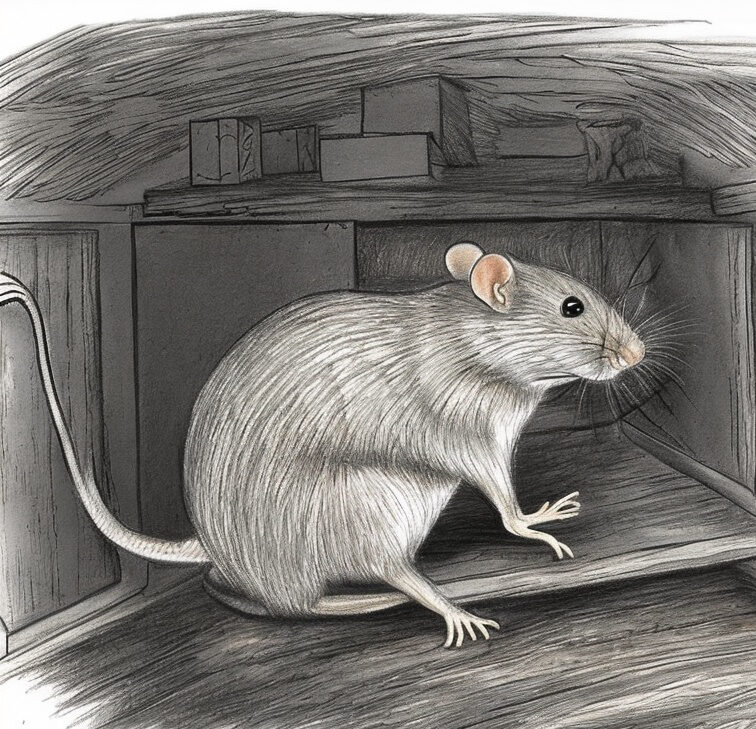The Inimitable Henry Mayhew: Observer of Victorian Life
Henry Mayhew, a pioneering social researcher and journalist in 19th-century England, captured the essence of life in Victorian London with a keen eye for detail. His comprehensive work, “London Labour and the London Poor,” offered an intimate look at the living conditions, occupations, and lifestyles of London’s working class. Among his many observations, Mayhew was particularly interested in London’s rampant rat problem, with a focus on the emergence of the brown rat (Rattus norvegicus) as the dominant species and the escalating disdain for them among London’s residents. In this article, we delve into the fascinating world of Victorian London through Mayhew’s eyes, exploring his unique perspective on the city’s rat problem and its broader social implications.

The Rat Problem in Victorian London: A Sign of the Times
As London evolved rapidly during the 19th century, the population swelled, leading to urbanization and resulting in crowded and unsanitary living conditions. The city’s slums and deprived neighbourhoods became a thriving habitat for rats, further exacerbating the problem. Rats, seen as vermin and carriers of disease, became potent symbols of the city’s decay and degradation.
Mayhew’s Account: The Formidable Brown Rat
In his prolific writings, Mayhew painted a detailed picture of the brown rat, identifying it as a more aggressive and intimidating species than its native counterpart, the black rat (Rattus rattus). According to Mayhew, the brown rat’s bite was particularly severe, with wounds taking longer to heal due to the animal’s sharp teeth. This account probably stoked the public’s hostility towards rats, branding them as dangerous pests.
The Ousting of the Black Rat: Survival of the Fittest
Intriguingly, Mayhew’s observations also traced the rise of the brown rat at the expense of the more benign black rat. The former’s resilience and adaptability gave it an edge over the latter, allowing the brown rat to outstrip the black rat in competition for resources. This transition might have escalated public aversion towards rats, as the brown rat, being more resilient, was perceived as a more formidable pest.
Social Repercussions of the Brown Rat’s Ascendancy
The ascendency of the brown rat in Victorian London carried profound social implications. On one hand, the increasing rat population exacerbated public health issues due to their notorious reputation as carriers of diseases. On the other hand, the brown rat’s proliferation underscored the grim reality of urban life, as it became synonymous with the unsanitary conditions prevalent in much of the city.
The Battle Against the Brown Rat: A Tale of Resistance
Mayhew’s writings also document the various, often futile, attempts to control and eliminate the burgeoning brown rat population. Despite concerted efforts, the brown rat proved too adaptable and resilient to be exterminated easily. This struggle symbolized Victorian London’s broader fight against urbanization challenges, health hazards, and sanitation issues, providing a glimpse into the era’s pressing concerns.
Henry Mayhew: Unravelling the Threads of Victorian Society
Through his astute observations and compelling narratives, Henry Mayhew offered a unique lens to understand life in Victorian London. His insightful portrayals of the city’s rat problem, in particular, provide a valuable point of entry into the broader social issues of the time. As we continue to grapple with our own contemporary challenges, Mayhew’s pioneering work continues to inspire, underscoring the value of keen observation, relentless curiosity, and a deep commitment to social understanding.
Hear about Henry Mayhew and the rat problem of Victorian London




